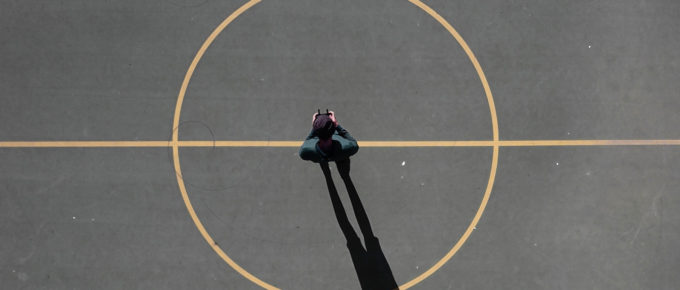I have been down the rabbit hole, exploring my process of note taking, systems and organizing over the last few weeks. It has been an intensive and extensive journey, and one that I have detailed here. It started with a frustration with the continued dysfunction of my files and references, and expanded into a more general indictment of how I take notes. Sönke Ahrens’ “How to Take Smart Notes” provided some valuable prompts about what is possible with notes, and in particular underscored for me an essential function that I had long been ignoring. I find myself at a solution that I believe will work for me, which is what each of us needs to find. What I’ve learned may not serve you directly, but it may offer some insights for your own journey.
And So We Come Full Circle
It is a little astonishing how this happens. You start with a problem, work back to first principles, figure out how to proceed forward and then find yourself back in the same vicinity of where you left off. In my case, I started with a systems problem around files that turned into a much broader exploration of notes, ideas, thinking and how I work. Now that I’ve landed on most of an approach that I think can work for me, I’m trying to figure out how to manage and organize that in reality. This brings us right back to software and systems, and the realization that what I hope to do may not be quite so easy as I had anticipated.
What I Think of You. What You Think of Me.
My last article explored the evolution that I’ve navigated since I started writing here more than a decade ago. A lot has changed in that time. Writing here, I’ve found my voice, clarified my focus and continued to attract more of you to come check out what I do (and most of you have continued to hang around, often for years). I promised to share my perspective on who I think my typical reader is. I also promised to share what I heard from you in the survey I asked you to complete. The two perspective combine to tell an interesting tale.
I’ve Changed. You’ve Changed As Well.
I have been publishing to my blog for more than a decade. In that time, I have changed a great deal. I’ve changed cities, shifted organizational focus and radically restructured how I spend my time. Of course, you’ve changed also. You aren’t the same person you were any more than I’m the same person that I was. You may have been here from the outset; you may have just signed up last week. What I’m curious about is where you are at, where you are going, and what you’d like to see here going forward. I’d be grateful if you would take the time to share your insights.
Taking on Tuckman
Pretty much any time the topic of team building has come up, it’s a fairly safe bet that I’ve taken a shot at Tuckman’s model of group development. You likely know it as “forming, storming, norming and performing.” While conceptually appealing (and hey, it rhymes, so what’s not to like?) what it describes is lots of theory, unsupported by the practical substance of how teams and groups actually develop. Sadly, that hasn’t stopped it from being cited with ridiculous frequency, and hold a dominant place in the collective minds of leaders everywhere. There is an explanation as to why this happened. There are also many other models with which to replace it.
Finding and Deriving Simple Models
Models are how we make sense of the world. We tend to do far better with simple models that provide specific insights, rather than grand theories that attempt to reduce everything down to a single, unified perspective. The challenge is how to identify relevant models, and build an inventory that makes sense for us and our experience. Some models are generic and broadly applicable. Others are specific and focussed. Some models you will be introduced to, others you will discover and some you will build. In all instances, it’s about knowing the meaning you need to create and the perspectives that matter.






